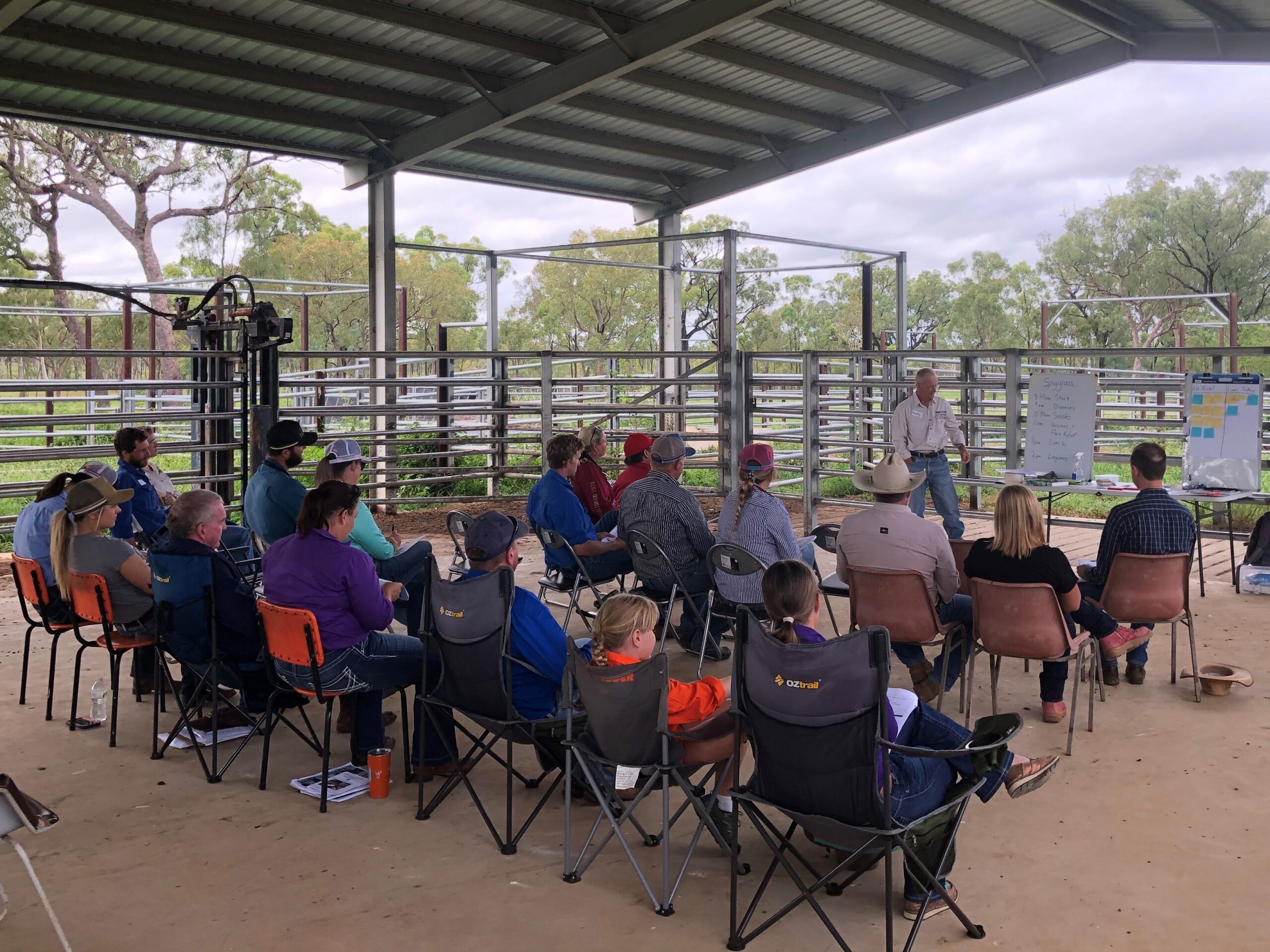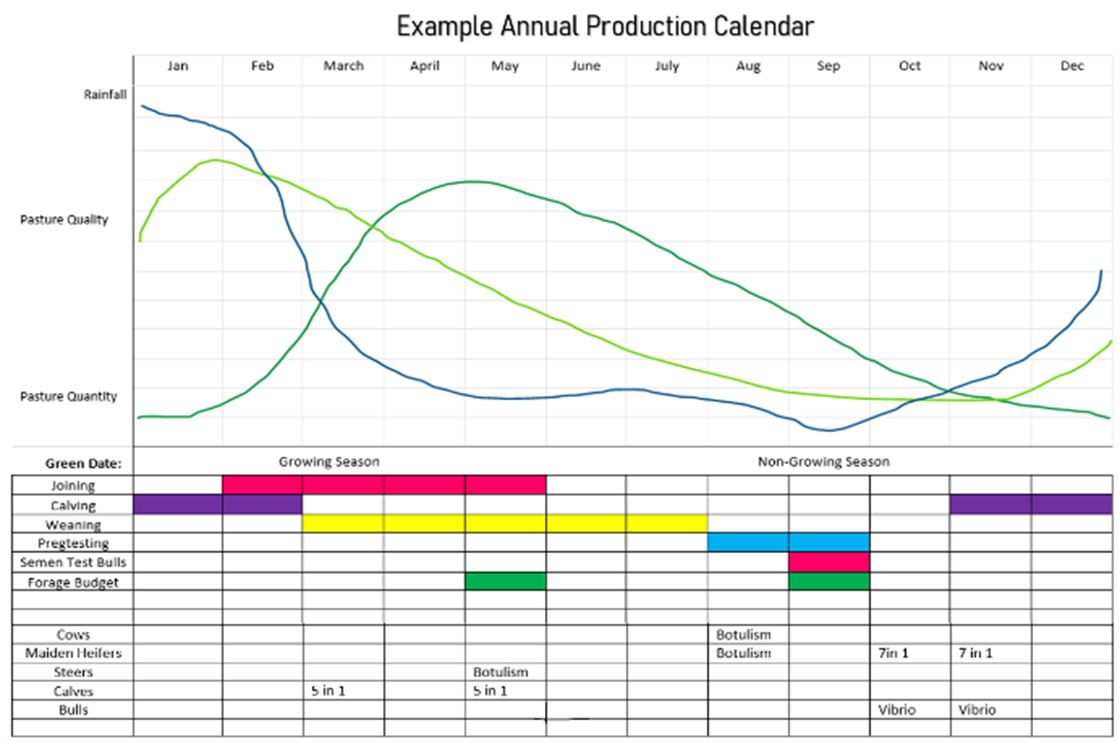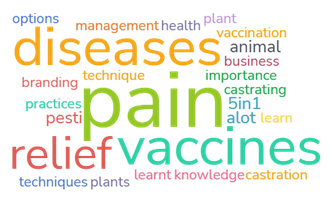Burdekin graziers tune up on animal health
Does it matter if I skip out on the second 5in1 shot?
How do I know if I have a reproductive disease in my herd?
What is the greatest cause of cattle mortality in northern Australia?
 If you were one of the forty graziers who attended a recent animal health workshop put together by the Department of Agriculture and Fisheries Burdekin grazing team and NQ Dry Tropics, you would likely know the answers to those questions.
If you were one of the forty graziers who attended a recent animal health workshop put together by the Department of Agriculture and Fisheries Burdekin grazing team and NQ Dry Tropics, you would likely know the answers to those questions.
People felt right at home in the cattle yards at Spyglass Research Station, with Dr Geoffry Fordyce speaking on a range of common animal health issues across north Queensland, which he has observed through years of research and experience. He outlined the vital role played by animal nutrition, and the high prevalence of diseases endemic to northern Australia; particularly botulism, tetanus and vibriosis.
At the James Cook University Veterinary School in Townsville, people got a taste of what a disease investigation looks like from a vet’s perspective, emphasising what signs and symptoms to take notice of when we see an animal down. They also got an in-depth overview of some common reproductive diseases, how they can persist in your herd, and management strategies to combat this.
Vaccinating the right animals, at the right time, with the right product, was one of the key messages from Dr Lee Taylor who spoke in Bowen. He explained the role that memory cells play in creating immunity from vaccines, and how different types of vaccines can provide differing lengths of immunity.

There were discussions around cattle pain relief products, and graziers shared their own experiences with using different products. Some of the preliminary findings from the current northern pain relief trial were also presented; one being the incidence of infection after dehorning and castration, and the importance of correct technique when performing these procedures to reduce the risk of infection.
The range of speakers included local vets to stock inspectors, animal scientists, university professors and extension officers, who all shared the same underlying messages:
- Nutrition, nutrition, nutrition (or a lack of nutrition resulting in ‘Skinny-cow-itis’). The range of animal health implications that can result from under nourished and poor body condition cattle cannot be underestimated. This is by far the highest cause of animal mortality across the north.
- To identify any potential disease issues in your herd, you first need accurate herd records to establish your baseline production level.
- Technique, timing and vaccine handling all play a major role in the effectiveness of the program. Read the label, treat the right animals, have clean equipment, and take the time to ensure the vaccine is administered correctly.
- Have an annual herd management calendar to ensure you are scheduling in management practices and animal treatments for optimal results.
- Do you have a good cattle vet?
A few of the key takeaway messages from the attendees included; the importance of 5in1 for calves at branding, check my current castration technique, the value of vaccines to my business, and trialling pain relief products.
One final question for you to consider: What is the most avoidable animal health issue you currently have in your herd?
Please reach out to your local beef extension officer or cattle vet for more information. Click here to download a blank copy of the annual management calendar.
